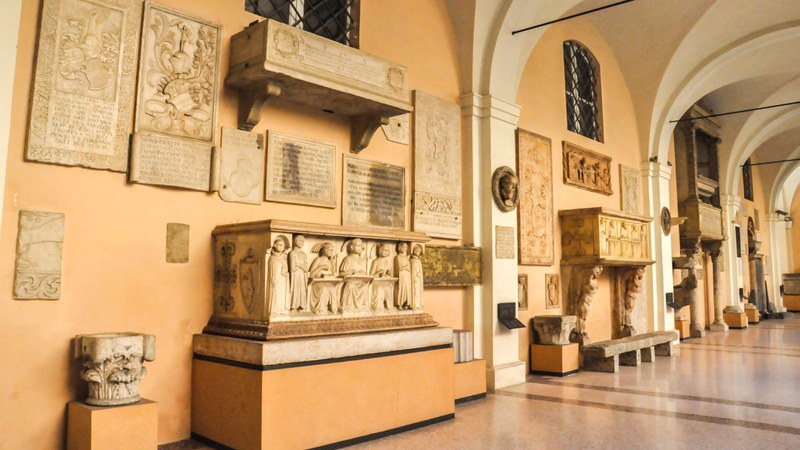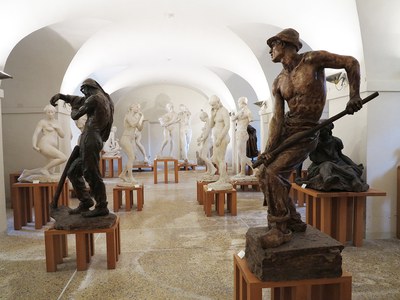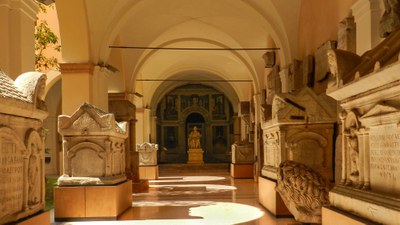Itinerary
A Visit to Modena’s Palazzo dei Musei
for a day of art and culture
Means of transport
Here’s an entire day dedicated to art and culture that takes you on a voyage among illuminated manuscripts, paintings, priceless documents, sculpture, and the most unforgettable objects of artistic beauty that Modena has to offer.
The city’s roots are here, and if you’d like to get to know them better, this excursion is perfect for you!
More than an excursion, this is an in-depth visit to one of the sites that most clearly symbolizes the history and culture of the city: the Palazzo dei Musei. Today, a large number of civic and cultural institutions are housed here, including the Historical Archives, the Luigi Poletti Library of Art, the Modena Civic Museum, and the Estense Library and Gallery.





















